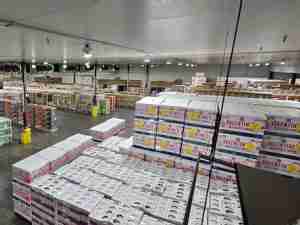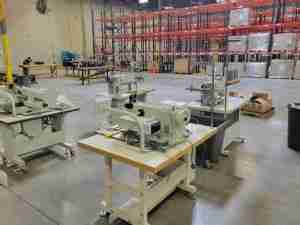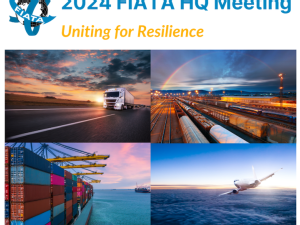As we enter the last quarter of 2022, we’ve shifted from a shipper-dominated market to a carrier-driven marketplace. Pricing is above pre-pandemic levels and trucking capacity remains scarce. And even when you can get a truck confirmation, it may be a gamble whether it will show up on time at either the origin or the destination.
On the consumer side, we’re also facing our typical seasonal challenges: capacity fluctuations related to the tail-end of the growing season, as well as holiday season unknowns heading our way. And on top of it all, economic softening threatens its own set of complications.
It's a lot to take in. So, what can your company do?
With carrier relationships, current market conditions and capacity cycles put your partnerships to the test. Did you treat your carrier partners in an equitable fashion when the market was different? These are the times that your procurement and carrier management teams will have to look in the mirror.
For material and product suppliers, internal alignment on the end-to-end customer experience is absolutely essential. As your company races to have new products and promotions hit shelves in the pursuit of customer retention, you must simultaneously understand your supply chain risks. You should also identify which products you need to bet on and make sure those products are delivered on time, at all costs. This means understanding your raw materials, including location, inventory and safety stock. Having transparency and visibility into that portion of your supply chain will help you have the right product in the right place to hit your customers’ order windows.
From the finished goods perspective, you should do all you can to get your company’s products as close as possible to end customers. If your store, market, or warehouse is seeing inventories diminish, you should look to replenish that inventory closer to the customer. Many companies are already doing this by creating heat maps of order volumes and locations, and using network design to put products closer to customers, resulting in quicker turnaround times, fewer stockouts and better on-shelf availability.
Few industries are doing this better than quick-service restaurants. Fast food companies have refined menus with less variation or options. This concentration of products facilitates very close supplier relationships, defined by the clear alignment of when new products are coming to market, or what new supplies are needed, and where. While these companies are not shielded from the stockout or product availability issues that face every company today, they mitigate the impact through transparency and simplification.
Not every company has the benefit of a limited menu. But every single company can take some measured steps to prioritize and ensure strong supplier relationships, for both transportation and material suppliers.
One of our recommended steps for creating supplier alignment is to create a consortium or advisory group. Gather your trusted suppliers with varying demographics as far as geography, order volume, and product criticality and host alignment sessions with everyone – whether transport or material – to paint the picture of where your company is trying to go as well as the challenges you face in getting there. This team effort, with input from varying schools of thought across multiple verticals, will result in unparalleled insights on where you should focus your company’s efforts and investments. Recognizing your critical suppliers is a great way for joint marketing and motivating your supply chain partners to excel.
This strategic care around investments will be increasingly important as we face an impending recession. While the softening economy will ease some supply chain pressures, we’re still looking at a carrier-driven market and elevated prices until the end of the year.
And disruptions will continue. While the holidays are looking to be less tumultuous than they were in 2021, we could still see bottlenecks at the ports, warehouse capacity issues, or even vessel cancellations as demand continues to drop. And if Hurricane Ian was any indication, there’s no end in sight to extreme weather.
So, while I’ll keep reiterating what I’ve been saying since 2020 – “get comfortable with being uncomfortable!” – there’s still a lot you can do to help your company make the most of uncertain times. If you haven’t already, start now by picking up the phone and calling your suppliers.









